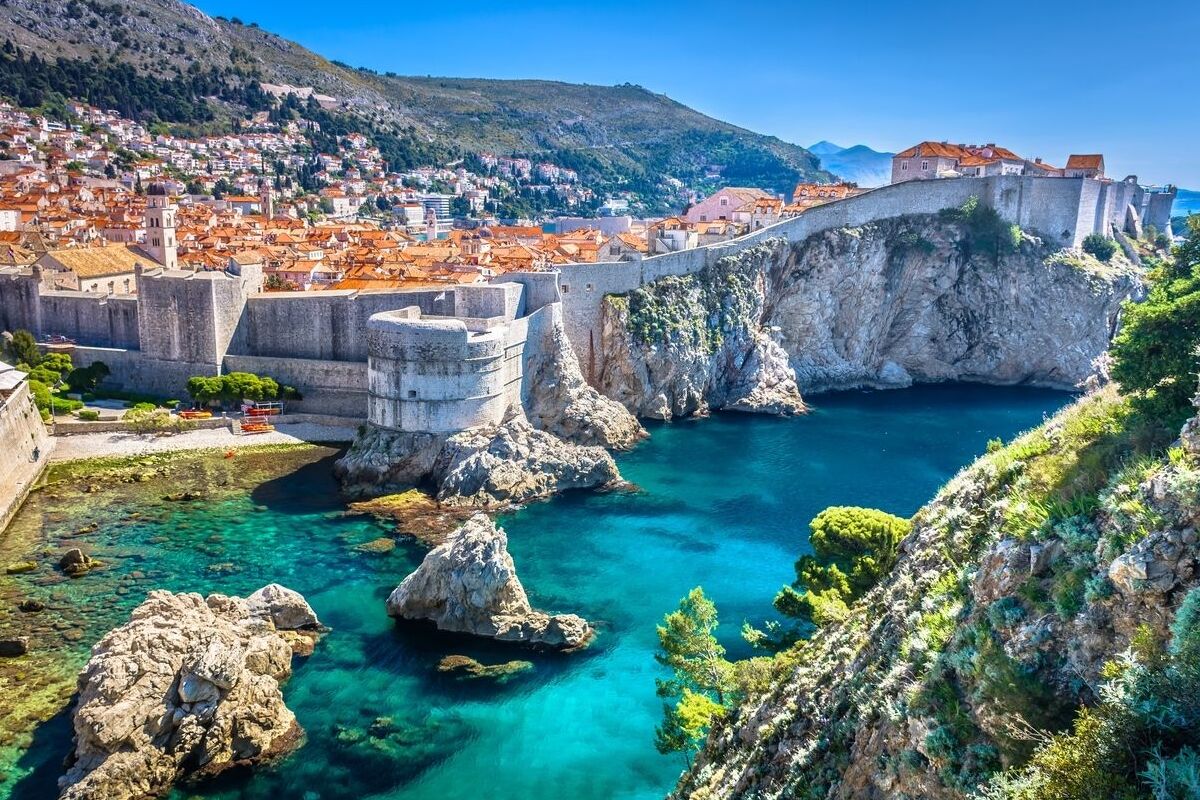Croatia is a small but incredibly picturesque country located along the Adriatic Sea. It attracts tourists with its ancient cities, fairy-tale islands, national parks, and rich cultural heritage. The country’s history is closely tied to the Roman Empire, the Austro-Hungarian monarchy, and the Mediterranean world. Croatia boasts not only natural beauty but also many inventions, historical milestones, and national traditions you may not have known about. Here are some fascinating facts about Croatia that reveal its diverse and vibrant identity.
- Croatia has over 1,200 islands, but only about 50 are permanently inhabited. The largest islands are Krk and Cres, which compete for the title of the biggest island in the country. Croatian islands are known for their crystal-clear waters, secluded bays, and scenic beaches.
- In the city of Pula stands one of the oldest amphitheaters in the world, known as the Arena. Built in the 1st century AD, it is one of the six largest surviving Roman amphitheaters. It still hosts concerts and cultural events to this day.
- Dubrovnik, one of Croatia’s most famous cities, was an independent republic for centuries. Until 1808, it had its own fleet, diplomacy, and was among the first in Europe to abolish slavery in 1416. Its Old Town is a UNESCO World Heritage Site.
- The necktie originated in Croatia. Croatian soldiers wore cloth tied around their necks, which later evolved into the modern necktie. Zagreb celebrates Cravat Day every year on October 18.
- The famous inventor Nikola Tesla was born in the village of Smiljan, located in present-day Croatia. Though of Serbian heritage, his birthplace lies in the Lika-Senj County. Several monuments in Croatia honor his legacy.
- Plitvice Lakes National Park is a UNESCO World Heritage Site. It features 16 turquoise lakes connected by waterfalls, which change color depending on the season and mineral content of the water. The park attracts over a million visitors each year.
- The city of Hvar is one of the sunniest places in Europe. It enjoys more than 2,700 hours of sunshine annually. Hvar has become a favorite destination for those seeking warm weather and seaside relaxation.
- Zagreb is home to the unique Museum of Broken Relationships. Its exhibits consist of items symbolizing ended romantic relationships, each accompanied by a personal story. The museum has received global recognition and has a branch in Los Angeles.
- Croatia officially recognizes three alphabets. The Latin script is standard, but Glagolitic and Cyrillic are considered part of the country’s cultural heritage. Glagolitic is the oldest known Slavic alphabet, dating back to the 9th century.
- Croatian cuisine blends Mediterranean, Austrian, Hungarian, and Balkan influences. Coastal regions favor seafood, olive oil, and wine, while inland areas are known for meat dishes and stews. Istrian truffles are a source of national pride.
- Croatia is home to more than 20 national and nature parks. In addition to Plitvice Lakes, popular parks include Krka, Paklenica, Brijuni, and Mljet. These areas are known for their waterfalls, canyons, forests, and rich biodiversity.
- The town of Hum is recognized as the smallest town in the world. It has a permanent population of around 20 people. Despite its size, Hum has its own municipal office, church, and tourist appeal.
- The Adriatic Sea, which borders Croatia, is considered one of the cleanest seas in Europe. Its clear waters are ideal for diving and snorkeling. Many sunken ships and archaeological sites can be found in its depths.
- Croatians take great pride in their language and traditions. The country has an institute dedicated to preserving intangible cultural heritage, including crafts, folk songs, dances, and customs. One of the best-known traditions is klapa, a form of multipart singing.
- In the city of Šibenik stands the Cathedral of St. James, a masterpiece of medieval architecture. It was constructed entirely from stone without using cement or other binders. The structure blends Gothic and Renaissance styles and is admired for its craftsmanship.
- Croatia features numerous caves and karst sinkholes. Some, such as the Vrelo cave or the Bicina cave system, stretch for dozens of kilometers. These underground wonders are popular among spelunkers and nature explorers.
- Many famous films and television series have been shot in Croatia, including Game of Thrones. Dubrovnik served as the real-life backdrop for King’s Landing, with its streets and fortresses used nearly unchanged. After the show aired, tourism in the city significantly increased.
- Croatia is a member of the European Union and the Schengen Area, and adopted the euro as its official currency in 2023. Despite integration, the country maintains a strong national identity. Local crafts, agriculture, and production are actively supported.
- Croatia is known for its achievements in sports. The country excels in football, water polo, tennis, and handball. In 2018, the Croatian national football team became World Cup runners-up, earning admiration from fans worldwide.
Croatia is a country that combines deep historical roots, breathtaking landscapes, and genuine hospitality. These interesting facts offer a glimpse into its multifaceted culture and natural charm. You may not have realized how diverse and rich Croatia truly is. Fascinating facts about Croatia make it one of Europe’s most appealing destinations for travelers and culture lovers alike.





